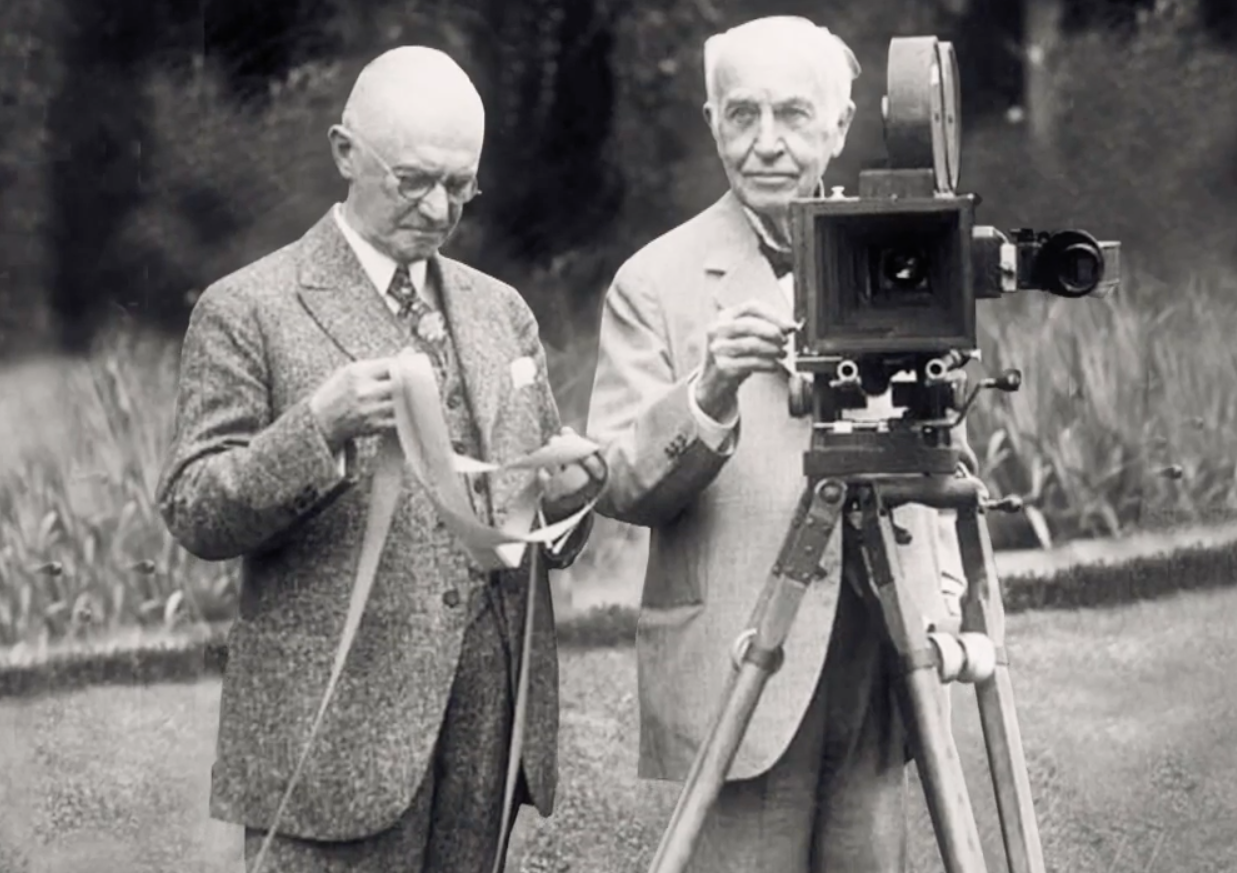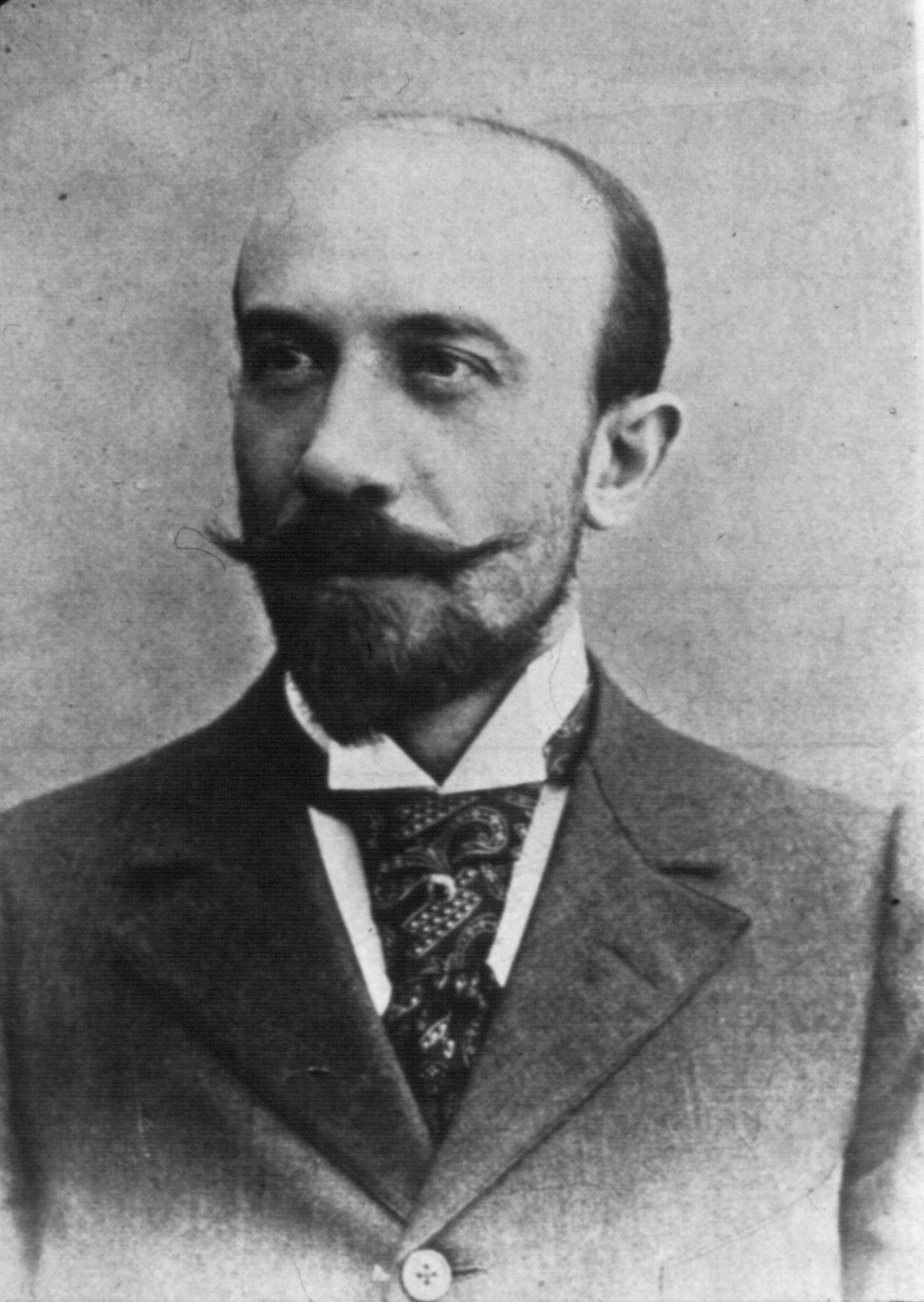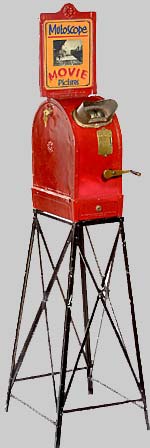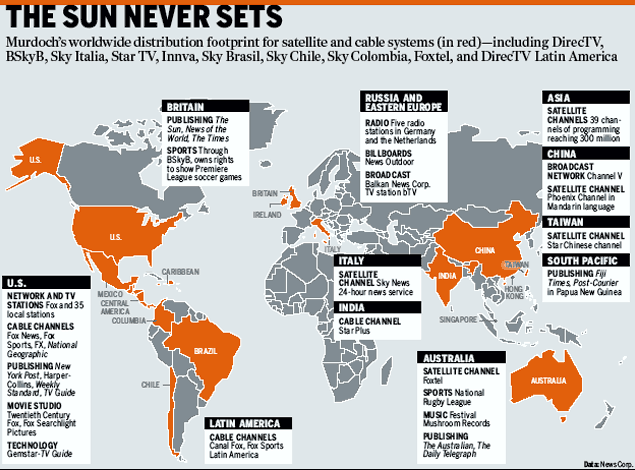Snow white and the 7 dwarfs:
Walt Disney:
Snow white and the 7 dwarfs was made in 1937 and was the first full length film ever made. It was also one of the first films made in colour. It took 3 years for Walt Disney to make snow white. The film was an hour and 28 minutes. Snow White is remember because it is the first ever full length film made and it was also very popular when it first came out. This was also the first film to be produced in colour. Snow White also has its own ride at the called Snow Whites Scary adventure. This ride was opened in 1955. The music in the film was composed by Frank Churchill, Larry Morey, Paul. J Smith and Leigh Harline.
This is a clip of when Snow White first meets the dwarfs.
This is on of the songs that appeared on the film. It is the 4th song that appears in the movie.
Fleischer Brothers:
Soon after walt disney made Snow White, the Fleischer Brothers made Mr. Bug goes to town. This wasn't as popular as Snow White even though people say the drawings where better it still didn't get as high as rate as Snow White did. This was because you couldn't make bugs look cute in those days so people didn't fine the movie attractive to watch. It was released in 1941, 4 years after Snow White was made. Even though it had a famous voice actor playing on the parts it still didn't get a higher rating as Snow White.
Hanna Barbara:
Over the 30 years of working, Hanna Barbara has help produce some of the most famous cartoons that has been seen on TV. Cartoons like The Smurfs, The Flintstones and Scooby-Doo. There first ever TV show that they made was The Ruff and Reddy Show. This started this in 1957. The founders of this studios is George Sidney, Joseph Barbera and William Hanna.
Norman McLaren:
The earliest animation that Norman McLaren made was Seven till Five and that was made in 1933. This animation had a very strong formalist attitude and was influenced by Eisenstein. It was a film about a day in the life of a art school. He had won two Scottish Amateur Film Festival prizes for his work. He also we the first person to put animated features into a non animated film. This film was called neighbours. It was about two people, who were neighbours, fighting over a flower that made them feel happy with one sniff. He kept on making animations though the 50s, 60s, 70 and 80. Till his death in 1987.
TV cartoon in the 1960s:













